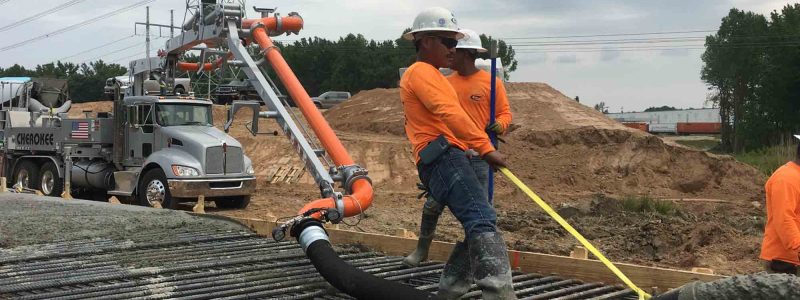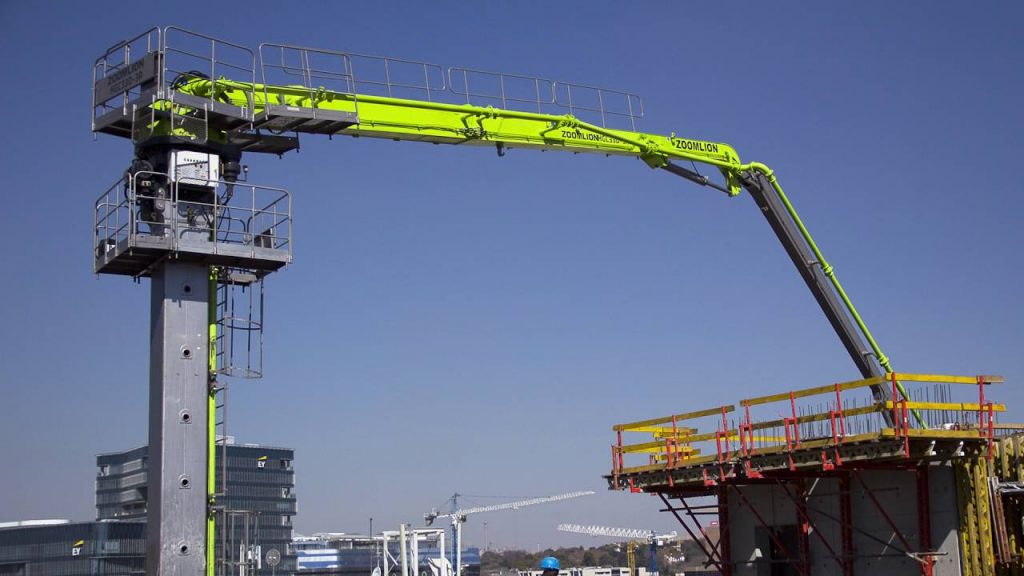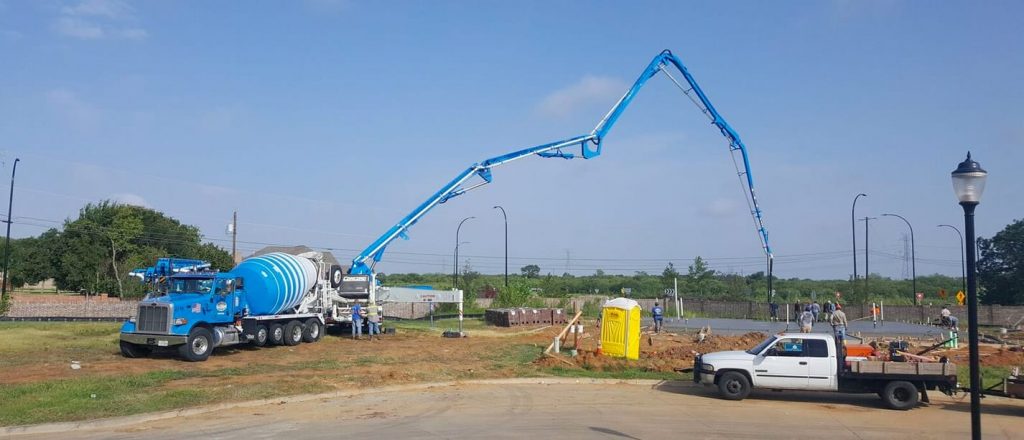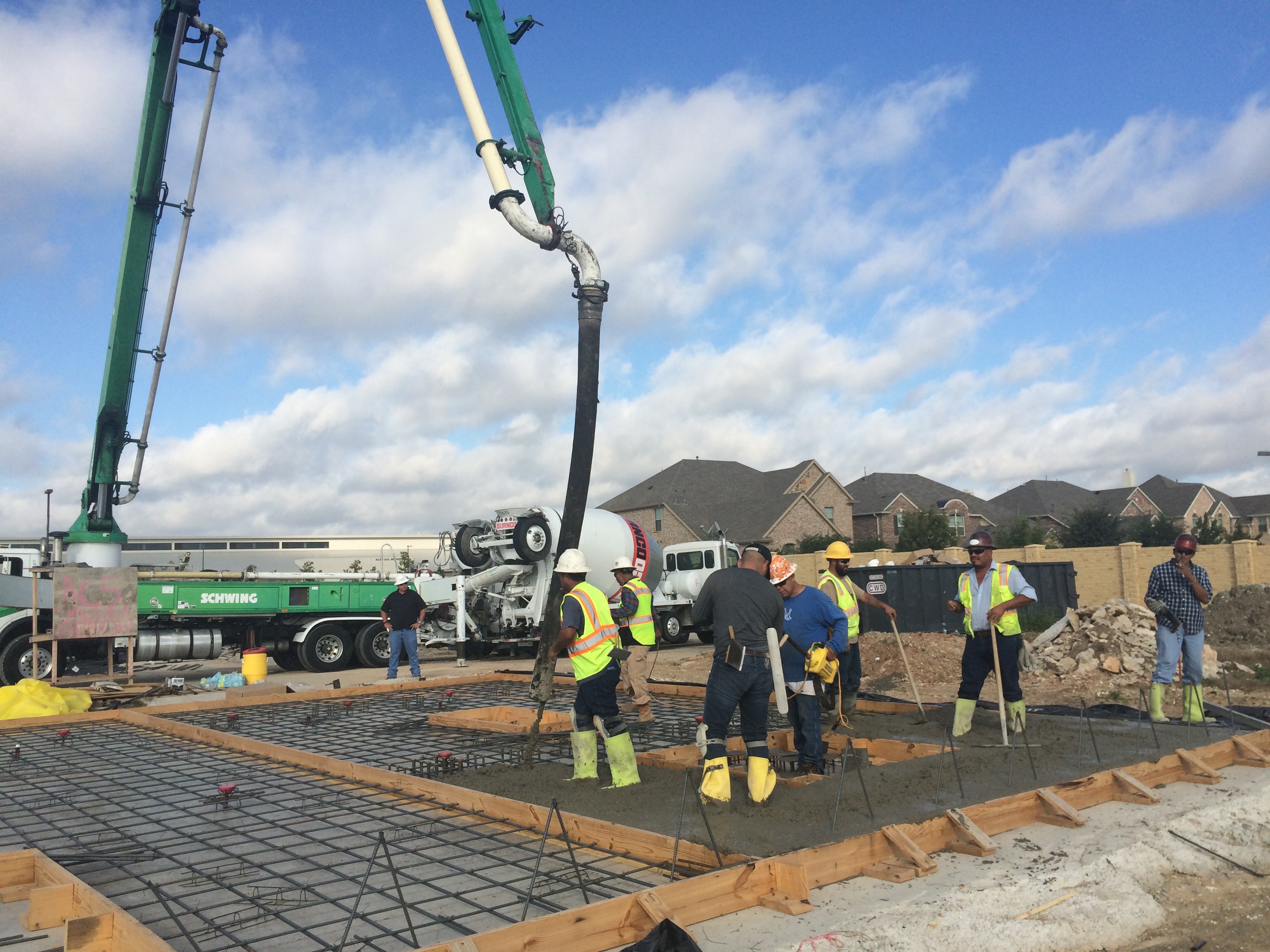
Concrete pumps are used to transfer liquid concrete from its source to a casting spot on a construction site. The most common types of concrete pumps are line and boom pumps. Both pumps operate by the principle of two pistons – one which draws the concrete from the source and the other one that pushes the concrete into the discharge outlet pipe. The opening of the pistons is controlled by a valve.
Boom Concrete Pumps
These are concrete pumps that are placed at one position for the whole process of concrete pouring at a construction site. Therefore, these are more of stationary concrete pumps. They have a bigger dimension than other pumps for placing on the ground. They also have a boom arm or crane attached in different lengths.

Concrete pumping to various heights such as in the construction of high-rise structures can be done using boom concrete pumps. This is because these pumps allow the pipeline to reach upwards, along, and below. This also allows for concrete to be cast into tight spots. Obstacles on the construction site can also be easily overcome using boom concrete pumps.
Line Concrete Pumps
These are compact pumps that are mostly used for small construction projects. Line pumps are attached to the back of the trailer or truck holding the liquid concrete. This arrangement is therefore known as truck mounted pump or trailer mounted pump.

Differences Between Line And Boom Pumps
- Attachment And Portability
One of the major differences between these two pumps is their method of attachment and portability. As earlier mentioned, boom concrete pumps are attached directly to the back of the trailer or truck. On the other hand, a line concrete pump is mounted onto a concrete truck. Boom pumps are complete units and a boom or robotic arm is attached to them to reach the required casting spot. Line pumps are more portable but they require hoses to be attached to the outlet of the machine. Click here for more detail. - Reach
Boom concrete pumps have the allowance to attach a boom so that they can reach greater heights. They are therefore suitable in the construction of high-rise structures. The booms attached come in up to four sections, with each reaching 16 feet upwards. This means that booms with five sections can reach up to 80 feet in the air. Line concrete pumps are mostly used for horizontal pumping and have hoses that can reach up to 1500 feet. - Volume
Boom pumps are generally used for large concrete jobs, with their output exceeding 150 cubic yards/hour. Line pumps have a smaller output, which can range between 20 and 90 cubic yards/hour. This means that they are generally used for small construction works. - Cost
From their applications, one can tell that line pumps are cheaper than boom pumps. Line pumps can cost up to a third of what a boom pump costs.
For concrete pumping history, visit: https://www.academia.edu/6229496/Concrete_Pumping_History
Both line and boom concrete pumps are used in the pumping of liquid concrete from a truck or trailer to a casting spot on a construction site. These pumps use the same operation principle but differ in their volumes, reach, cost, portability, and attachment.


